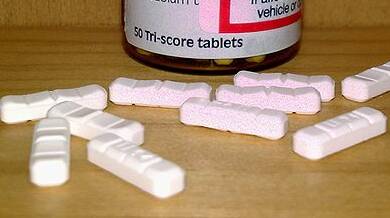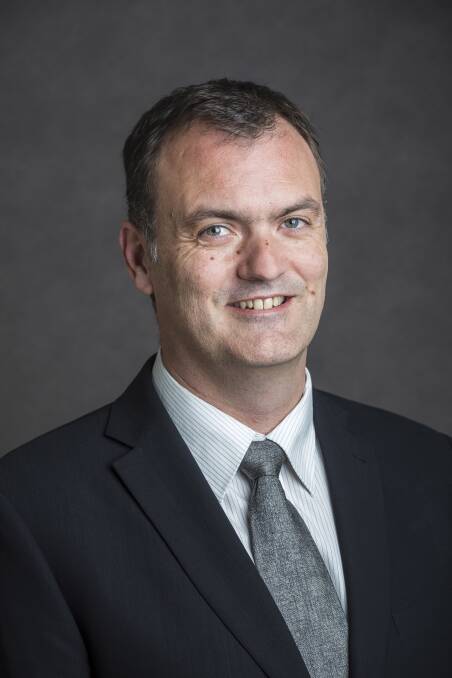
UNINTENTIONAL overdose deaths in Bendigo have more than doubled since 2007 - the second-highest increase in regional Victoria.
Subscribe now for unlimited access.
$0/
(min cost $0)
or signup to continue reading
New data from the Penington Institute shows in the five-year period from 2013 to 2017, 45 people died from an unintentional overdose - a 137 per cent increase from the 2003 to 2007 period.
The rise in deaths in Bendigo was second only to La Trobe, which recorded a 300 per cent increase.
The Heathcote-Castlemaine-Kyneton and Campaspe areas each recorded a 63 per cent increase in unintentional overdose deaths, while the Maryborough-Pyrenees region saw a 13 per cent rise.
Penington Institute chief executive John Ryan said the number of unintentional overdose deaths in Bendigo was 45 too many.
"Few areas have been hit as hard by our overdose crisis as regional Victoria," he said.
"You're more than twice as likely to die of an unintentional drug overdose in regional Victoria today than in 2012.
"This points to a massive failure to provide the kind of services and interventions that we know save lives.

"We must treat overdose deaths as preventable. We know what works in saving lives and reducing the harm from overdose deaths. We're just not doing enough of it."
Bendigo was the fifth-highest Victorian region for unintentional overdose deaths between 2013 and 2017, behind Geelong (77 deaths), Dandenong (71), Frankston (55) and Mornington Peninsula (52).
"People in regional and rural areas are more at risk than people in big cities," Mr Ryan said.
"There was (once) a reputation that this was a city problem but it's not."
The types of drugs involved in unintentional overdose deaths were often legal with unintentional overdose deaths affecting people from both poor and wealthy neighbourhoods.
"The spread (of increases) is from pharmaceutical and prescribed drugs," he said.
"Those drugs are front and centre in the overdose epidemic, alcohol is also a key contributor and so are illegal drugs.
"There has been an increase in heroin and ice use but it is totally wrong to think it's an illegal drug problem, it is both a pharmaceutical and an illegal drug problem.
"People had it in their mind that this happens to poor people, but the data is evenly spread across income distinctions."
Mr Ryan said entire communities needed to work together to improve the statistics. He said community and organisational efforts in reducing the state's road toll could be applied to reduce the amount of unintentional overdose deaths.
In 2017, Victoria lost 259 lives on its roads and recorded 392 unintentional overdose deaths.
"The report doesn't explain all the answers to problems but it points to the fact we are failing to deal with it on the scale it deserves," Mr Ryan said.
"The commentary about the road toll is fair. There have been enormous efforts into reducing the road toll but we (must make) that effort in community safety (when it comes) to accidental overdoses."
Mr Ryan said there were many dimensions to the drug problem.
"It's an all-community problem and needs an all-community response, just like the road toll," he said.
"The community needs to be informed, we need to get rid of the stigmas of not wanting to talk about it (and) we have to improve access to drug treatments."
Have you signed up to the Bendigo Advertiser's daily newsletter and breaking news emails? You can register below and make sure you are up to date with everything that's happening in central Victoria.


